Tissue Engineering & Regeneration - Periodontal Medicine & Surgical Specialists
Rebuild Your Mouth, Regain Your Life
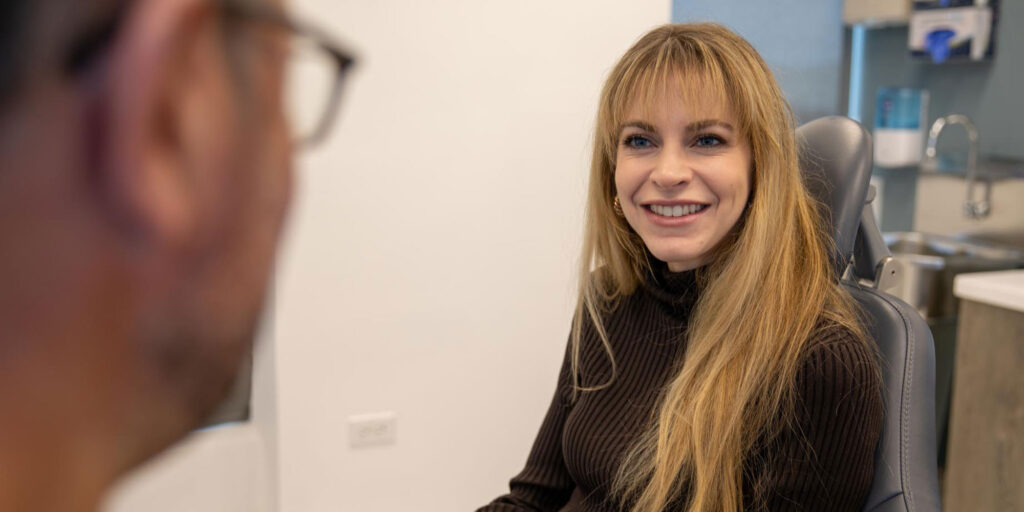
Tissue Engineering & Regeneration- Recreating What You Lost
Gum disease treatment has traditionally involved eliminating gum pockets by trimming away the infected gum tissue and recontouring the uneven bone tissue. While this is still effective, we often use newer, more advanced procedures, including tissue engineering principles that help guide periodontal tissue and/or bone reconstruction. With these procedures, we can stabilize your endangered teeth or prepare your jaw for dental implants. As periodontal disease progresses, pockets of degenerated bone develop in your jaw. These can promote the growth of bacteria and the spread of infection. To prevent this, the specialists here at Periodontal Medicine & Surgical Specialists—all board-certified periodontists—may recommend guided periodontal tissue regeneration in Oak Brook Terrace and Glenview, IL. During this procedure, we thoroughly clean the pockets harboring infection and install a dissolvable membrane between the soft tissue and the pocket in the bone. The membrane covers the pocket so that fast-growing soft tissue is blocked, and slower-growing bone can repopulate undisturbed. Tissue engineering and regeneration is a revolutionary, proven way to help you rebuild a healthy mouth and regain confidence in your oral health.
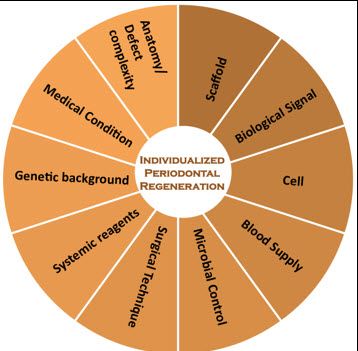
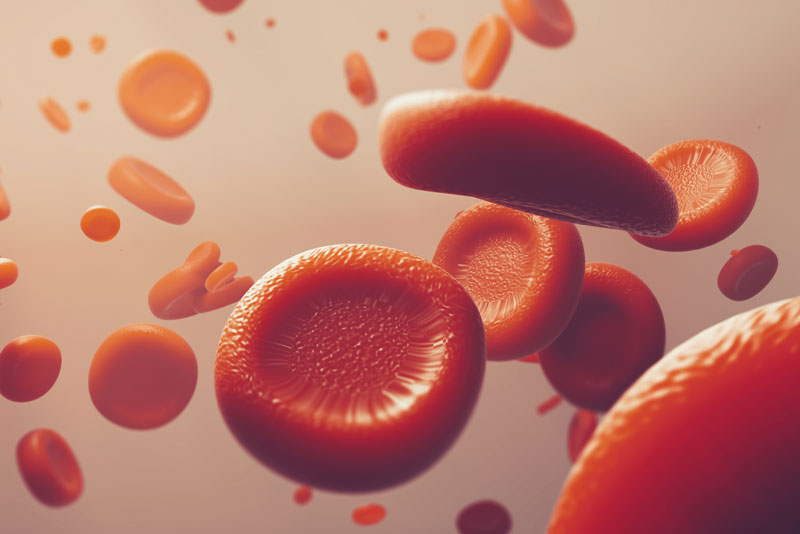
Helping Your Body Heal Itself
Plasma-rich growth factors are proteins that occur naturally in your blood and help your body heal. We use plasma-rich growth factors to help you recover quickly after bone grafting and other procedures. We start by drawing a small amount of your blood and spinning it in a centrifuge, separating out the different layers in the blood. Isolating the layer rich in growth factors, we place it back into a surgical site to promote healing. Bone morphogenetic protein (BMP) treatment stimulates your body to create bone cells, inspiring the formation of new bone or helping existing bone heal. Stem cells work similarly. Our periodontists direct stem cells to grow periodontal tissues, restoring tissue damaged by disease while reestablishing complete oral health. Biologically based healing methods like BMP yield positive results naturally.
Tissue Regeneration Treatments
We perform a variety of tissue regeneration procedures that can make you a candidate for dental implants, allowing you to enjoy all the benefits of healthy, attractive teeth once again.
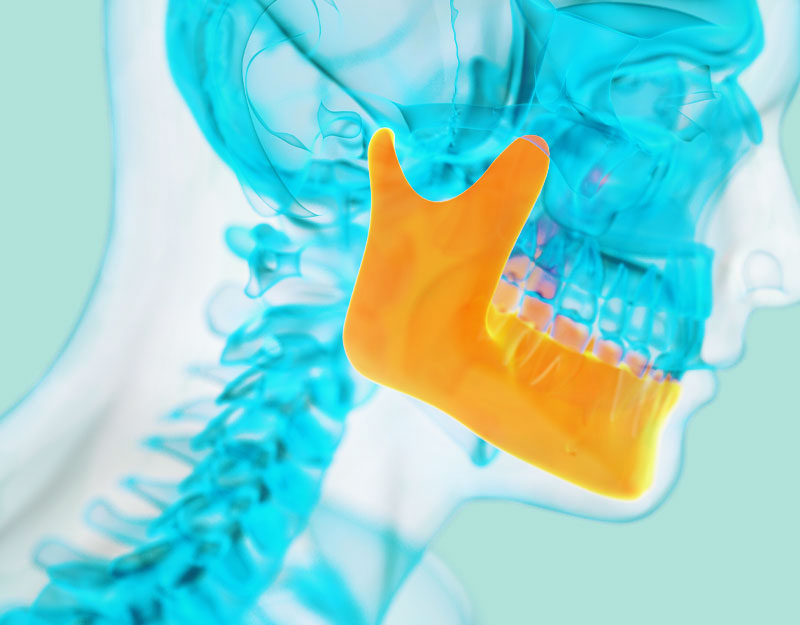
Ridge Augmentation
Sometimes when a tooth is removed, the bone surrounding the socket breaks, and is unable to heal on its own. Ridge augmentation helps recreate the natural contour of the gums and jaw that may have been compromised by bone loss. Offered with local anesthesia, ridge augmentation is accomplished by placing bone grafting material in and around the tooth socket in order to rebuild the original height and width of the bone. It is often done immediately after the tooth is removed to avoid the need for a second procedure. Gum tissue is then placed over the socket and secured with sutures. Our team may choose to use a space-maintaining product over the top of the graft to help restore the natural structure of the bone and sustain a space for new bone to grow.
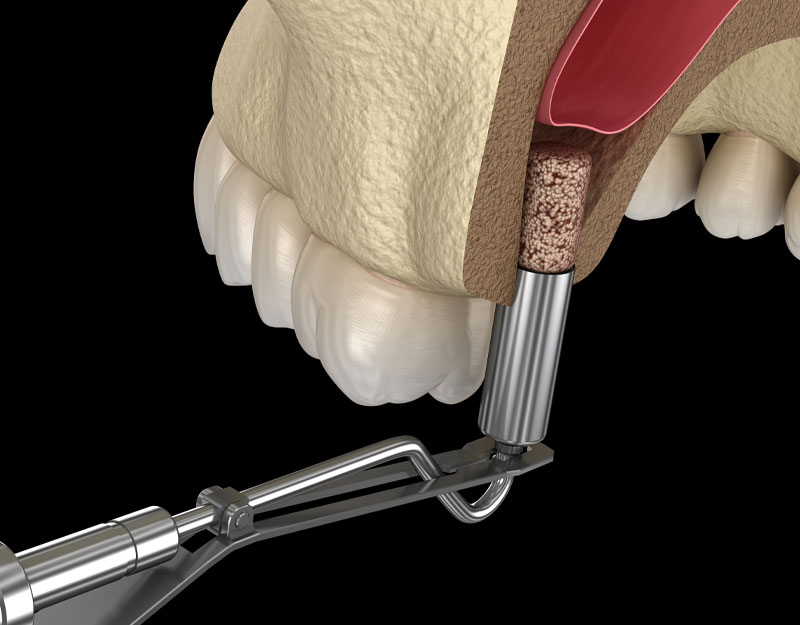
Sinus Augmentation
When some of your upper teeth are removed, there’s often just a thin wall of bone separating the maxillary sinus cavity and the mouth. Since dental implants need jawbone to hold them in place, it’s impossible to place dental implants in a thin sinus wall. The key to a successful and long-lasting dental implant is the quality and quantity of jawbone to which the implant will be attached. If bone loss has occurred, a sinus augmentation can raise the sinus floor and allow for new bone formation. In the most common sinus augmentation procedure, we make a small opening into the bone and lift the sinus membrane lining upward. We then fill the underlying space with bone grafting material, either from your own body, from a donor source or from synthetic materials. After the bone is implanted, the incision is stitched up and the healing process begins. After several months, the bone becomes part of your jaw.
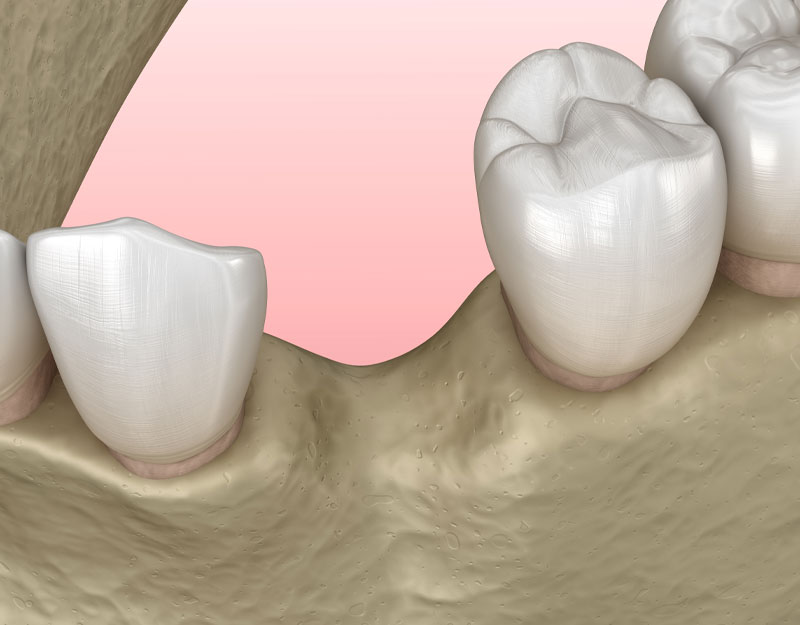
Socket Preservation
Sometimes we need to perform tooth extractions to remedy pain, infection, bone loss or damaged teeth. The bone that holds the tooth in place (the socket) is often damaged by disease or infection, resulting in deformity of the jaw after the extraction. In addition, when teeth are extracted, the surrounding bone and gums can shrink and recede quickly, resulting in a prematurely aged appearance. We can help prevent and repair jaw deformities stemming from tooth removal and prepare your jaw for dental implants with socket preservation. Our surgical specialists use a variety of techniques to preserve the bone and minimize bone loss after an extraction; we’ll review them with you personally in order to develop the best treatment plan.
